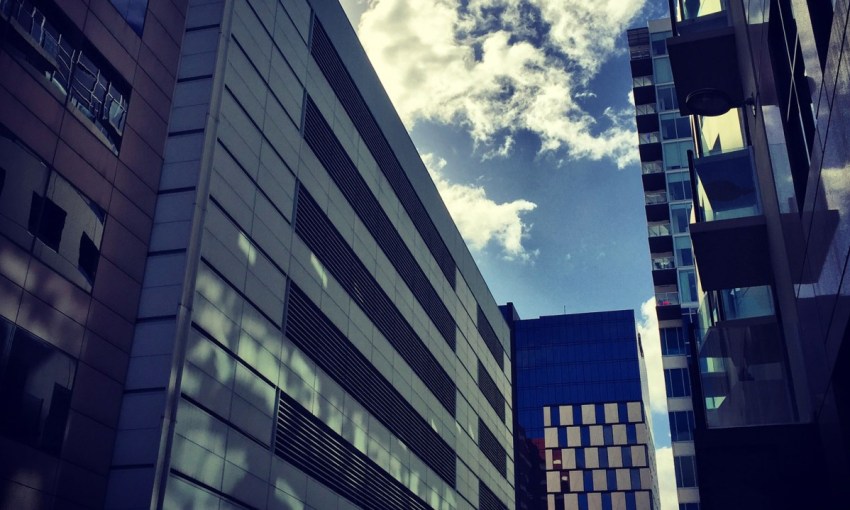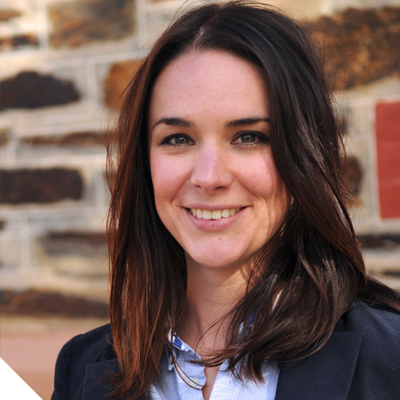Adelaide’s vacant shop fronts and empty streets have long been a symbol of the city’s struggles. Each print edition of CityMag, we open our pages so the people who are turning the fortunes of the city’s built form around can explain how change is being made.
Built form: Lily Jacobs
Last time, I wrote about my motivating drive to do cool shit in Adelaide, and how we need to experiment with new ideas. I referred to some of the great new boutique businesses or projects we have. They’re what make me proud to talk about our city.
I’m proud of the way so many people have come up with great ideas that help the streets come alive. We need to keep pushing that wholly unique attribute forward. The work is nowhere near “finished”. Things will fail, things will fall and then new things will rise. That’s capitalism’s cycle of life.
But lately I’ve also been thinking about projects and problems that aren’t so cool or, more accurately, aren’t so obviously cool.
At work, I spend a lot of time considering how to use vacant property to create broader benefits to the city and all its users. We’ve done this mostly through pushing unique retail, food and drink spots and galleries that engage with street users. I think we’ve got pretty good at it and there’s plenty more to do.
Cities, though, are complex. A lot of the buzz in great cities comes from the density of people living, working, playing together. There’s been a big focus from local and state government on increasing residential options in the city and there’s quite a lot of development happening. Still, CBD vacancy rates in lower grade office buildings are currently 20 per cent – this level could potentially double over the next 5-10 years because new buildings will be completed, employment will change and old buildings are expensive to convert.
We need to do something about this. If we don’t, then it will have an effect on the buzz that we’ve all created. There’ll be flat spots and flat is not buzz.
So I’ve started to think about how we can take something that’s seen as a disadvantage and turn it into an advantage.
Could we offer up this real estate at no or low cost, and become a laboratory for new ideas? Could we use this space to incubate and trial all kinds of businesses? And then as those fail, fall and then rise again – encourage them into longer term arrangements? Could we help create unique business ownership models? Could our oversupply actually enable us to become the best place in the world to start something? Could those businesses we support help fill our offices, our streets and our new boutique offerings?
That kind of future would take a lot of buy in, and probably more than just office space to make it happen. But it would be innovative, and, since no one else is doing it, cool.





